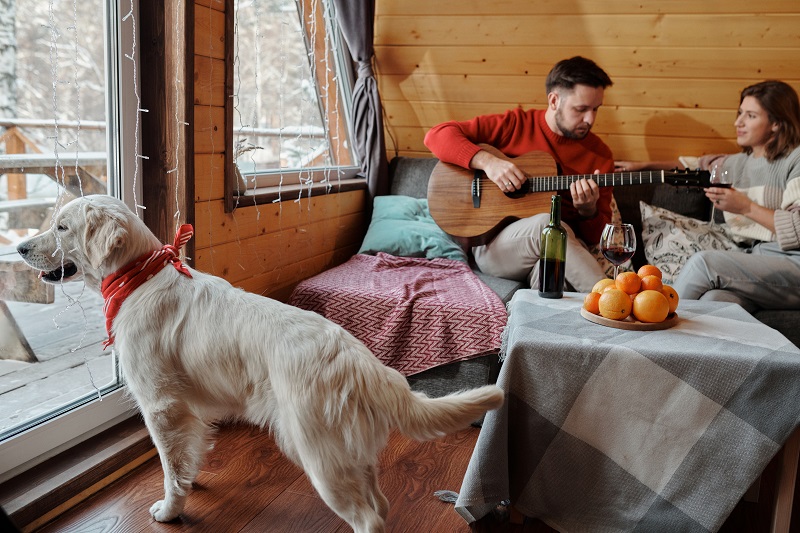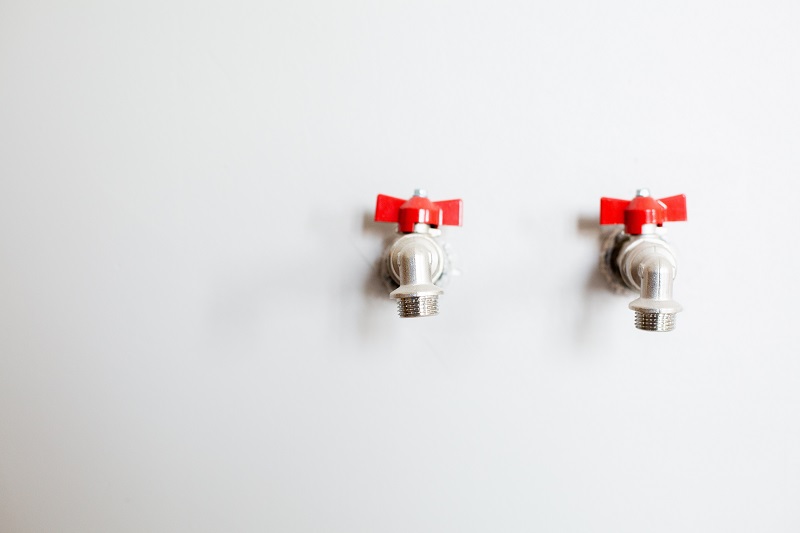How to Prepare Your Home for the Cold Weather Season

Winter is right around the corner, and as the weather starts to cool down and the days get shorter, it’s time to start preparing your home for the cold weather season. With freezing temperatures, ice, and snow, any delay in prepping your home for the harsh weather can lead to damage to your property and pipes and cause discomfort for you and your family.
Here are a few simple steps you can take to winterize your home:
Have Your Furnace Serviced
Whether you have a natural gas, electric, propane, or oil furnace, it’s good to have it serviced before the cold weather hits. This will help ensure that your furnace is running efficiently and safely. If you have a gas furnace, you should also have the chimney inspected and cleaned if necessary. A clogged or dirty chimney can be a fire hazard.
Furnace repair experts will conduct a thorough furnace inspection and check:
- The pilot light
- The burner assembly
- The blower motor and blades
- Electrical connections
- Gas pressure (for gas furnaces)
- Safety controls
- Air filter condition
If any parts of your furnace are worn out, broken, or even dirty, they will be repaired, replaced, or cleaned. This is much cheaper than waiting for your furnace to break down in the middle of winter.
Take a Look at Your Insulation
Ensure your walls and attic are well insulated to prevent heat from escaping. You might also want to consider installing storm windows or covering your windows with plastic film to reduce heat loss further. In addition, seal any cracks or gaps around doors and windows to prevent drafts. Any openings that let in cold air will make your home harder to heat.
Sealing these gaps will help keep the heat in and the cold out, saving you money on your energy bills. You’ll also want to have your insulation checked for potential leaks or damage. If you live in an older home, it might not have the best insulation. Upgrading your insulation is a great way to make your home more energy-efficient and comfortable during the colder months.
Ensure You Have Proper Ventilation
During winter, we tend to close up our homes to keep the heat in. However, this can lead to a buildup of moisture, condensation, and stale air, which can cause problems like mold and mildew growth. To avoid this, ensure proper ventilation in your home, especially in areas like the kitchen and bathroom where there is a lot of moisture.
You can do this by opening windows and doors, using exhaust fans, or investing in a whole-house ventilation system. An efficient ventilation system includes both an exhaust and a fresh air supply. The exhaust removes the moist, contaminated air from your home, while the fresh air supply brings in drier, cleaner air from outside.
Prepare Your Plumbing for the Cold Weather

Most homeowners forget to winterize their plumbing, which can be a costly mistake. Pipes can freeze and burst when the temperature dips too low, causing extensive damage to your home. To avoid this, insulate your pipes and water heater to keep them from freezing. Also, disconnect all hoses from your outdoor faucets and drain them before storing them for the winter.
Be sure to disconnect any hoses or sprinkler systems from the water supply so they don’t freeze and burst. If you have an in-ground sprinkler system, be sure to have it professionally winterized by a qualified technician. Preparing your plumbing system for the cold weather season will help avoid costly repairs and save you a lot of headaches.
Consult the Heating Pros
When you’re not sure where to start with preparing your home for the cold weather season, it’s always a good idea to consult the experts. Your priority is to ensure your heating system is in good working order before the cold weather hits. This means having it serviced by a professional and ensuring there are no potential problems that could leave you in the cold.
Once you’ve done that, you can start thinking about other ways to make your home more comfortable and energy-efficient during the colder months.